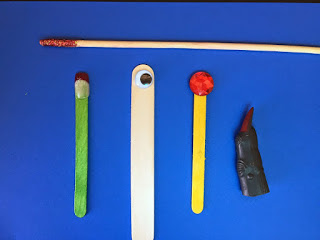Skip counting is counting in multiples and a way to help children with multiplication in primary grades. When you sing and move it will be much more fun and will “stick” in the brain. You can count at morning meeting or count as a brain break or while waiting in the hall.
Whisper Skip Count
One (Touch head as you whisper “one.”)
Two (Touch shoulders and say “two.”)
Three (Touch head and whisper.)
Four (Touch shoulders and say “four.”)
Five (Touch head and whisper.)
Six (Touch shoulders and say “six.”)
Seven (Touch head and whisper.)
Eight (Touch shoulders and say, “eight.”)
Nine (Touch head and whisper.)
Ten (Touch shoulders as you say “ten.”)
*To count by 3’s, touch shoulders and whisper “one,” touch shoulders and whisper “two,” touch waist and say “three.”
*To count by 4’s, whisper on 1-3 and touch knees as you say “four.”
*To count by 5’s, whisper on 1-4 and touch toes as you say “five.”
Karate Chop Skip Count (“Move It Learn It” CD)
Feet out, knees bent, karate chop as you count by 2’s to 50
2, 4, 6, 8…
Leg curls and chops as you count by 5’s to 100
Kick front and back as you count by 10’s to 200.
Wax on, wax off as you count by 100’s to 1000.
Karate Chop Skip Count (“Move It Learn It” CD)
Feet out, knees bent, karate chop as you count by 2’s to 50
2, 4, 6, 8…
Leg curls and chops as you count by 5’s to 100
Kick front and back as you count by 10’s to 200.
Wax on, wax off as you count by 100’s to 1000.

Macarena Skip Count
You can count by 10’s, 5’s, 2’s, or any number as you dance.
Patty Cake Skip Counting
Get a partner and patty cake as you count to 100 by ones.
Cross and give high 5 as you count by 5’s.
Clap both hands (10 fingers) to count by tens.
Sing and Skip Count
Sing and skip count by 2’s to “Twinkle Little Star.”
2, 4, 6, 8, 10,
12, 14, 16, 18,
20, 22, 24
Then start over and count some more.
2, 4, 6, 8, 10,
Numbers, numbers never end.
Practice counting by 3’s to “Are You Sleeping?”
3, 6, 9, 12 (Children repeat each line.)
15, 18, 21 (Children repeat.)
24, 27 (Children repeat.)
30, 33, 36 (Children repeat.)
4’s “Row Your Boat”
5’s “The Bear Went over the Mountain”
6’s “London Bridge”
7’s “Ten Little Indians”
8’s “This Old Man”
Hundreds Chart
Let children color in a hundreds chart to visually show skip counting.














































